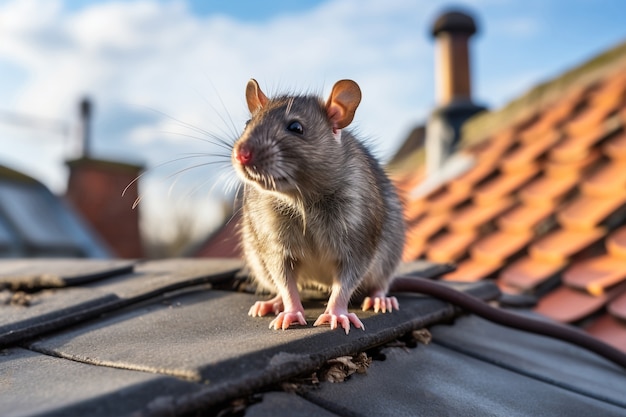
Managing Bed Bug Infestations Expert Treatment Solutions
Dealing with a bed bug infestation can be a daunting and distressing experience. These small, elusive pests are notorious for their ability to hide in the tiniest of crevices, making detection and eradication challenging. Understanding the nature of bed bugs and how to effectively manage an infestation is crucial for maintaining a healthy and comfortable living environment. This article provides expert insights and treatment solutions to help manage bed bug infestations efficiently and effectively.
Understanding Bed Bugs
Bed bugs are small, wingless insects that feed on the blood of humans and animals. They are nocturnal, making them more active during the night when they come out to feed. Recognizing the signs of an infestation is the first step in addressing the problem.
Signs of Bed Bug Infestation
- Small red or brown spots on bedding and mattresses, which are bed bug excrement.
- Itchy red bites on the skin, often appearing in a row or cluster.
- Shed skins or eggshells around bedding and furniture.
- A sweet, musty odor in the infested areas.
Effective Treatment Solutions
Once an infestation is confirmed, taking immediate action is crucial. Various treatment methods are available, each with its own benefits. Understanding these methods will help in choosing the most suitable approach for any given situation.
Chemical Treatments
Chemical treatments involve the use of insecticides to eliminate bed bugs. This method is often effective but requires careful application to avoid harm to humans and pets.
- Professional pest control experts can apply chemical treatments safely and effectively.
- Insecticide sprays and powders can be used in conjunction with other methods for comprehensive control.
- Read more about this topic here.
Heat Treatments
Heat treatments are a chemical-free alternative that involves raising the temperature of an infested area to a level that is lethal to bed bugs.
- Heat treatments are highly effective and can eradicate all life stages of bed bugs, including eggs.
- This method requires professional equipment and expertise to ensure complete extermination.
- Learn more in this detailed guide here.
Integrated Pest Management (IPM)
Integrated Pest Management is a comprehensive approach that combines multiple treatment methods for long-term control.
- IPM includes inspection, monitoring, treatment, and prevention strategies.
- This method prioritizes the use of non-chemical treatments and minimizes pesticide use.
- Explore further insights here.
Preventing Future Infestations
Once a bed bug infestation has been managed, preventive measures are essential to avoid recurrence.
Regular Inspections
- Conduct routine inspections of bedding, furniture, and luggage, especially after travel.
- Consider professional evaluations to ensure early detection of any new infestations.
- Find additional information here.
Protective Measures
- Use bed bug-proof mattress encasements and protective covers on pillows.
- Maintain cleanliness and reduce clutter to minimize hiding spots for bed bugs.
- Learn more in this detailed guide here.
In conclusion, managing a bed bug infestation requires a strategic approach involving detection, treatment, and prevention. By employing expert treatment solutions and maintaining vigilant preventive measures, it is possible to effectively control and prevent bed bug infestations. For those facing persistent infestations or requiring professional assistance, consulting with pest control experts can provide additional peace of mind and ensure a thorough resolution.